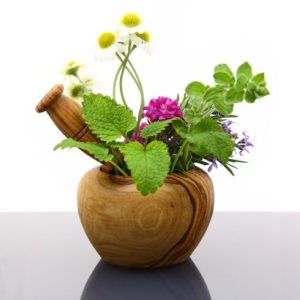 Chamomile refers to a range of daisy like plants. These are members of the Asteraceae family. There are actually a number of different species, however the two most commonly known are, Roman chamomile, and German chamomile. Both of these species have been used for their anti-inflammatory and calming properties since ancient times.
Chamomile refers to a range of daisy like plants. These are members of the Asteraceae family. There are actually a number of different species, however the two most commonly known are, Roman chamomile, and German chamomile. Both of these species have been used for their anti-inflammatory and calming properties since ancient times.
It’s an age-old herb that has been used for its medicinal purposes in ancient Rome, Greece, and Egypt. It grew in popularity during the middle ages and was frequently used for a number of medical complaints.
It is widely believed to have been the European counterpart of China’s ginseng. The common complaints chamomile treated were skin diseases, cancer, nervous complaints, nausea, children’s ailments, fevers, colic, inflammation, and asthma.
Medicinal Properties
The healing properties of chamomile come from its flowers, which can easily be mistaken for those of a daisy. They contain oils such as matricin, bisabolol, as well as flavonoids, and other substances of therapeutic value.
We commonly recognize chamomile as a sleep aid, and frequently drink the tea before bed to relax ourselves in order to fall asleep easier.
However, there is more to chamomile than this.
According to Organic Facts chamomile can be used to treat colds, fevers, stomach ailments, as well as serving as an anti-inflammatory.
Scientific research has been done extensively in the last 20 years that has confirmed the established uses, as well as highlighting further healing properties.
• Chamomile is antipyretic, antibacterial, antifungal, antiseptic, antispasmodic, and antiallergenic. This means that chamomile can be used as a muscle relaxant, and is actually considered a drug in 26 different country’s pharmacopoeia.
Healing and Healthy Benefits
- It can be used a tea for such issues as rashes, rheumatic problems, and lumbago.
- It comes in salve form to use for wounds and hemorrhoids.
- Additionally, it can alleviate asthma symptoms and colds as a vapor.
- Drinking the tea after a meal can aid digestion, and it can treat ulcerative colitis and gastritis, too.
- Additionally, it reduces inflammation to allow the bowels to move without having a laxative effect.
- It can also relieve allergies in the same way an antihistamine does.
- Because it can promote relaxation and relieve stress, it can have similar effects as anti-anxiety drugs, as well as assisting in controlling insomnia. However, if you have been prescribed medication for this purpose it is important that you consult your doctor before you stop taking it.
- In the form of a lotion, it is ideal for sunburn, rashes, eczema, and minor burns. It not only eases the itching, but also reduces the skin inflammation. It speeds up healing and prevents infections.
Usage
WebMD suggests caution when using chamomile if you are allergic to ragweed plants. However, this is its only known issue, which makes sense considering how common chamomile tea is.
- Chamomile essential oils can be used in Aromatherapy with a diffuser or by simply placing a few drops on your pillow prior to sleep.
- To take it orally you must first dilute it in water, and generally, 2 drops would be sufficient.
- If you are using it in a bath for whatever reason 10 drops is recommended.
- It can also be blended with a carrier oil to use for massage purposes, or with a cream for topical relief. Chamomile essential oil can only be applied topically to the skin when diluted with a carrier oil, like Jojoba.
Chamomile tea is the most widely drank herbal tea. The Herb Research Foundation estimates that more than one million cups of chamomile tea are drank a daily basis worldwide. It seems that all of us can take advantage of the many healing properties that it offers.






